In this post, we’ll talk about care and maintenance of the brass parts used in our products, and how brass interacts with leather.
Table of Contents
Why Does Brass Tarnish?
Brass is an alloy of copper and zinc. It tarnishes when its metal components, namely copper, are exposed to oxygen. This is a natural, normal process. Unlike “rust” (iron oxide) which degrades iron and steel, brass tarnish does not degrade the underlying metal.
On our products, it can be tolerated as-is because it will not detract from the function. Some people find the patina of a tarnish attractive and characterful, but some may prefer to prevent or treat it with simple maintenance, which we’ve shared down below.
There are two kinds of brass tarnish we’ve encountered on our products:
The natural darkening color of aged or “antiqued” brass. This comes from natural age and time, and from regular contact with the oils from our hands.
A green-blue oxidation, which is a chemical reaction with the copper called “verdigris.” The verdigris layer protects the metal from further corrosion. (Fun fact: veridigris was harvested historically as a pigment in painting !)
These stock photos show what brass tarnish looks like:



Does Leather Tarnish Brass?
Yes, it can - unless there is regular protection, maintenance, and care. But it’s nothing to worry about. The reaction is normal and not harmful to the leather.
Leather and brass are gorgeous together, but when they come into contact a chemical reaction can occur, due to the copper content in the alloy of brass. The oils and acids used in tanning the leather cause the reaction in the copper, and it can result in verdigris on unprotected brass.
In some cases, the verdigris can leave a green mark back on the leather. This can be removed with a simple Q-tip or clean rag. A bit of beeswax or leather conditioner can protect the leather from the brass.
Will Our Brass Products Tarnish?
Brass can be prevented from tarnishing with chemical lacquers and varnishes. At Walnut Studiolo, we use brass from a few different sources that come with varying degrees of protection.
Industrial Lacquers. The brass hardware used in our drawer pulls and handles (Chicago screws, rivets, etc) come from the factory with a heavy-duty industrial lacquer. They are generally maintenance-free.
Workshop Clear Coat. We apply a workshop-grade varnish on the square brass tube used for our Travel Dice . This is somewhat protective to verdigris but still somewhat prone to antiquing. We find the same is true with the Brass Cribbage Pegs , which is sourced from our American peg manufacturer.
Craft Brass. The brass tubes we use for peg storage in our Original Travel Cribbage Board do not receive a coat of varnish or lacquer, leaving the surface natural and prone to verdigris as it is stored in the leather.

How to Care for Brass
If you want to restore the original blond shine to brass, it’s easy enough to do. Whether it’s antiquing or verdigris, we like using the product Brasso. There are more natural household solutions that don’t require the purchase of a separate cleaning product, but we think the product is just way easier to use.
Brasso includes scouring agents to reduce the amount of elbow grease you have to put in. But, those scouring agents can eventually degrade the metal if used excessively over time. And, it does use chemicals like ammonia. Here’s their Material Safety Data Sheet (MSDS).
How to Use Brasso to Remove Verdigris
Here’s a quick tutorial on how to use Brass to remove verdigris on our Original Travel Cribbage Board peg tubes:
1. Grab two clean cloths (we used shop towels) and a container of Brasso.

2. Squirt a small amount onto one of the towels and rub into the brass.

3. Take the second, clean towel and buff any excess away. Be amazed at the shine!

If you’d rather use natural products you have on-hand and can put in a little extra scrubbing time, there’s multiple methods to try, including simple white vinegar and baking soda. These only work on unlacquered brass.
→ Read More: Methods for Cleaning Tarnished Brass without Brasso
If you’d like to go a step further and reduce future maintenance, you can also add a protective coating of varnish with a product like EverBrite ProtectaClear.
Conclusion
Brass and leather are two natural materials that go together beautifully, and even a little tarnish is nothing to worry about. If you wish, you can return brass to its original natural shine easily and quickly with a cleaning product like Brasso.
Sources / More Reading
Brasso . Wikipedia.org. Accessed 6/18/24.
How to Clean Brass Without Brasso . Furnells.com. Accessed 6/18/24.
How to Clean Brass . TodaysHomeowner.com. Accessed 6/18/24.
Verdigris . Wikipedia.org. Accessed 6/18/24.
Why Does Leather Turn Brass Green? . FavoredLeather.com. Accessed 6/18/24.
Why Do Brass, Bronze, and Copper Turn Green? . MakeItFromMetal.com. Accessed 6/18/24.



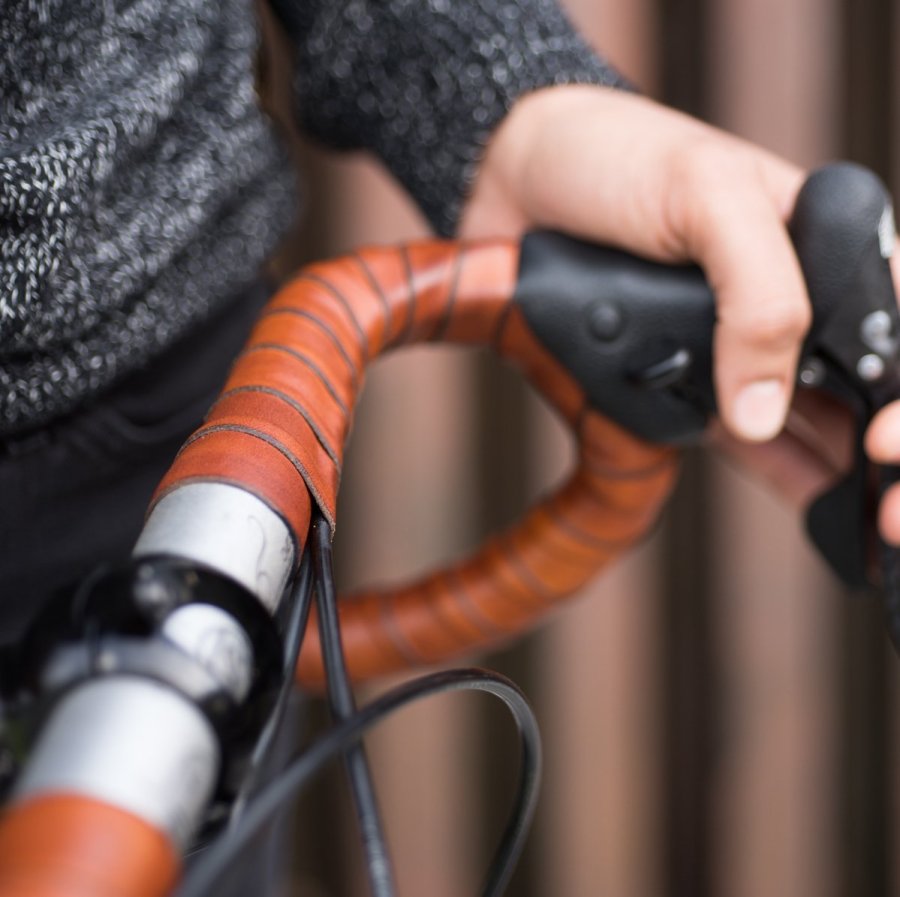
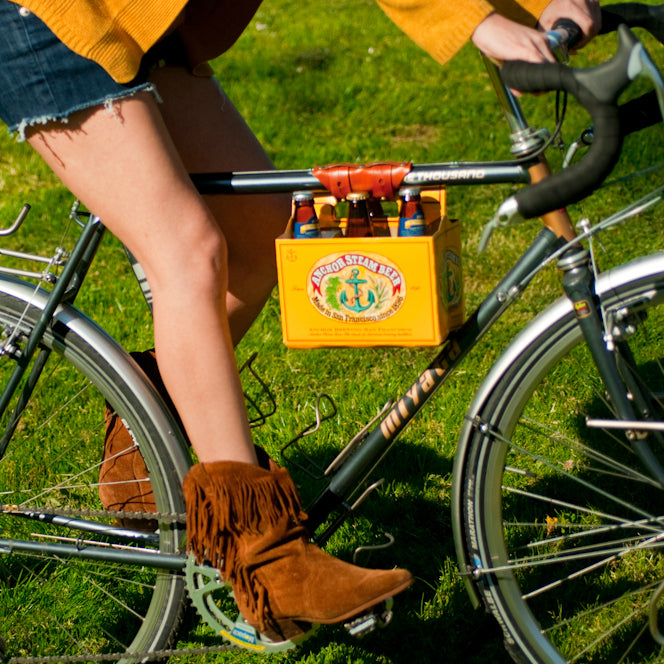
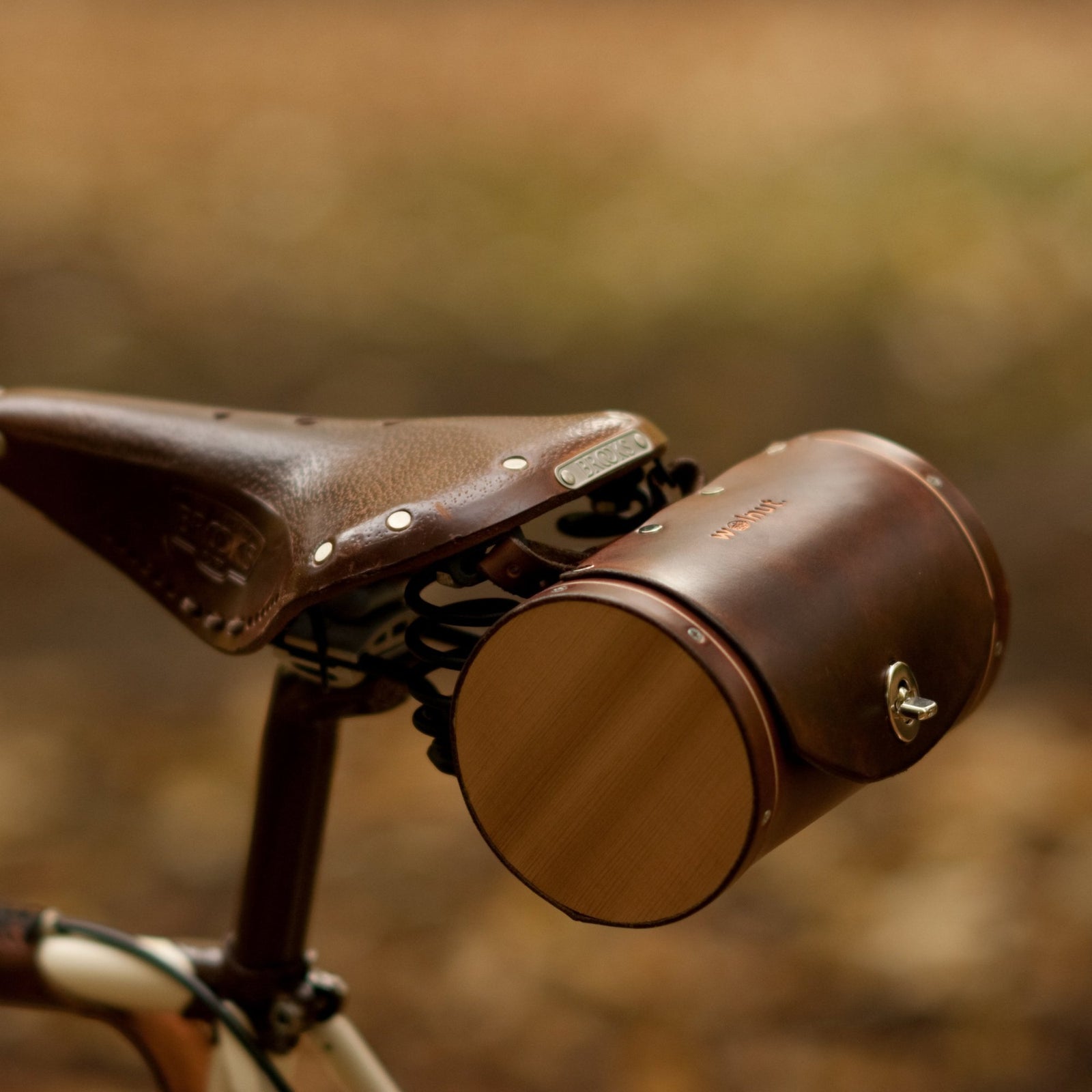
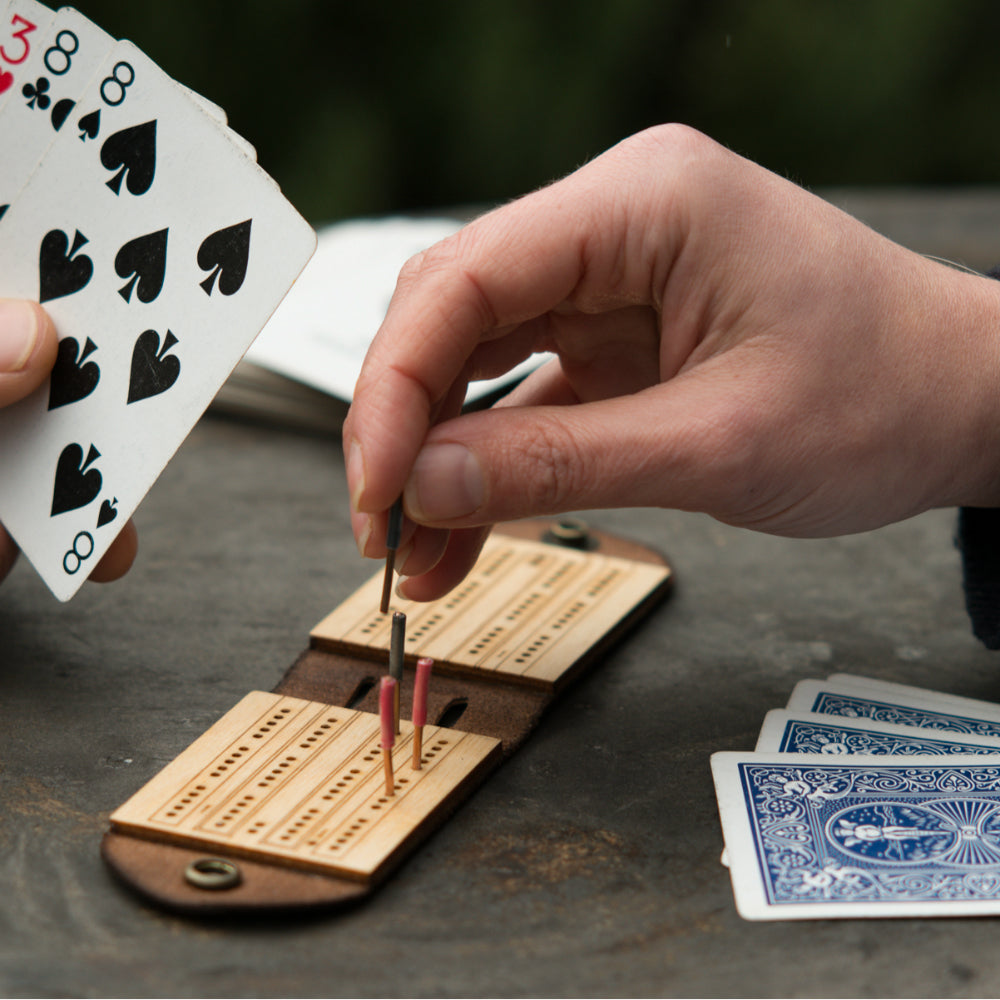
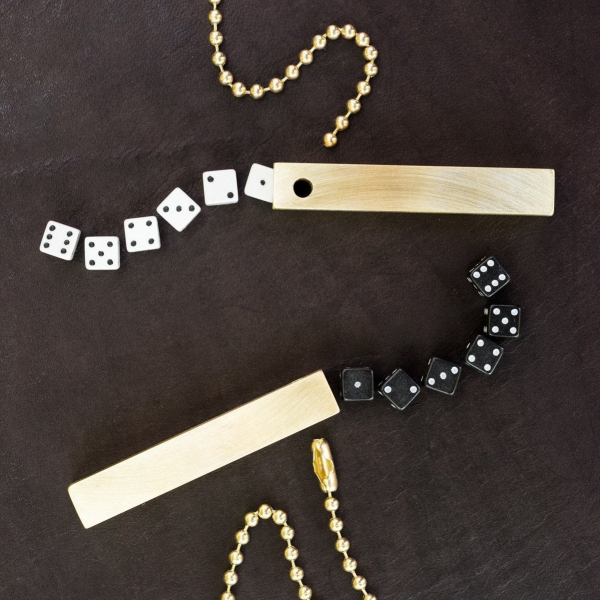
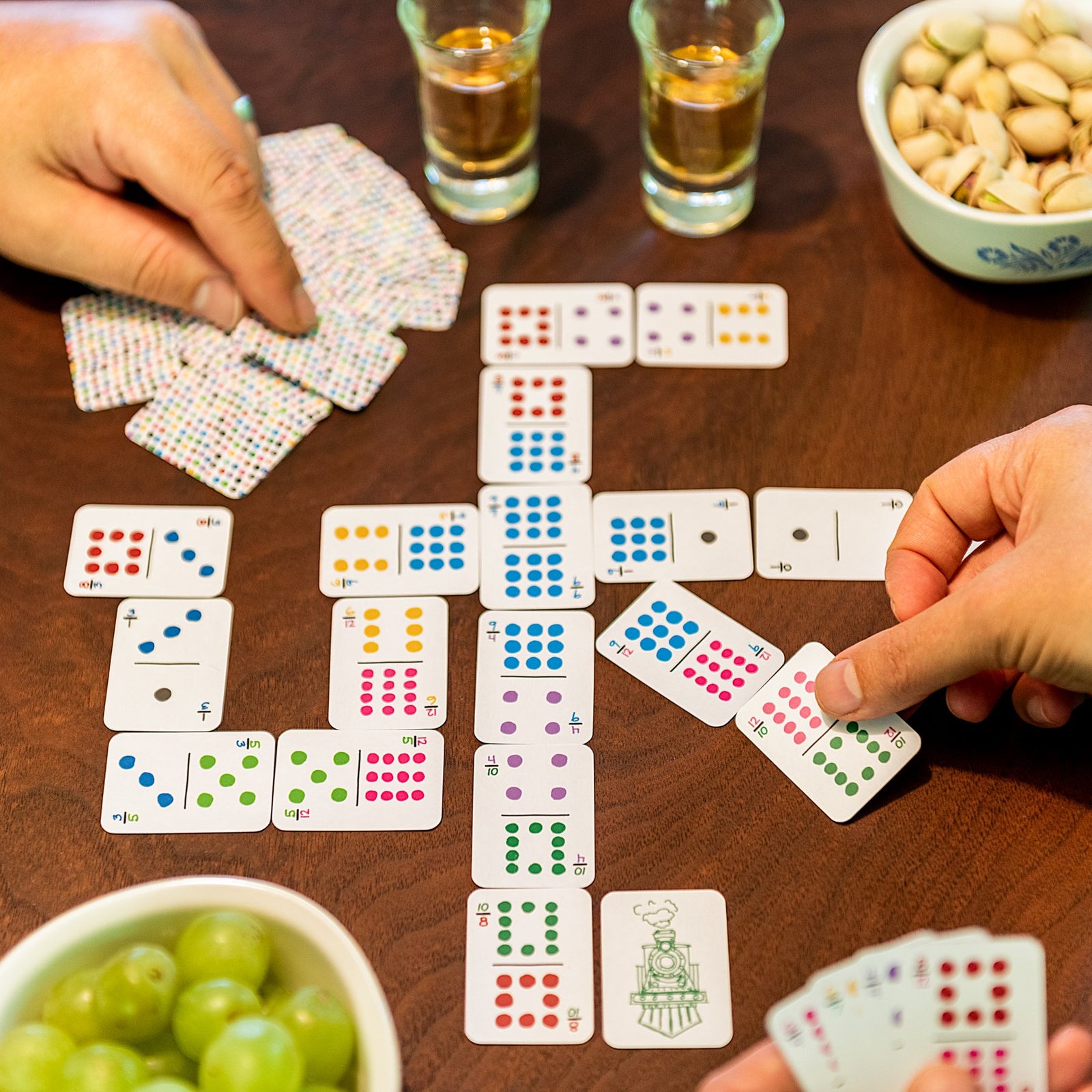
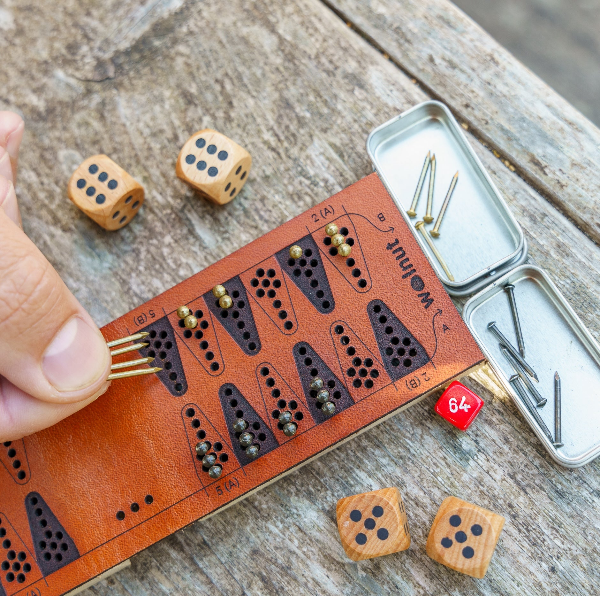
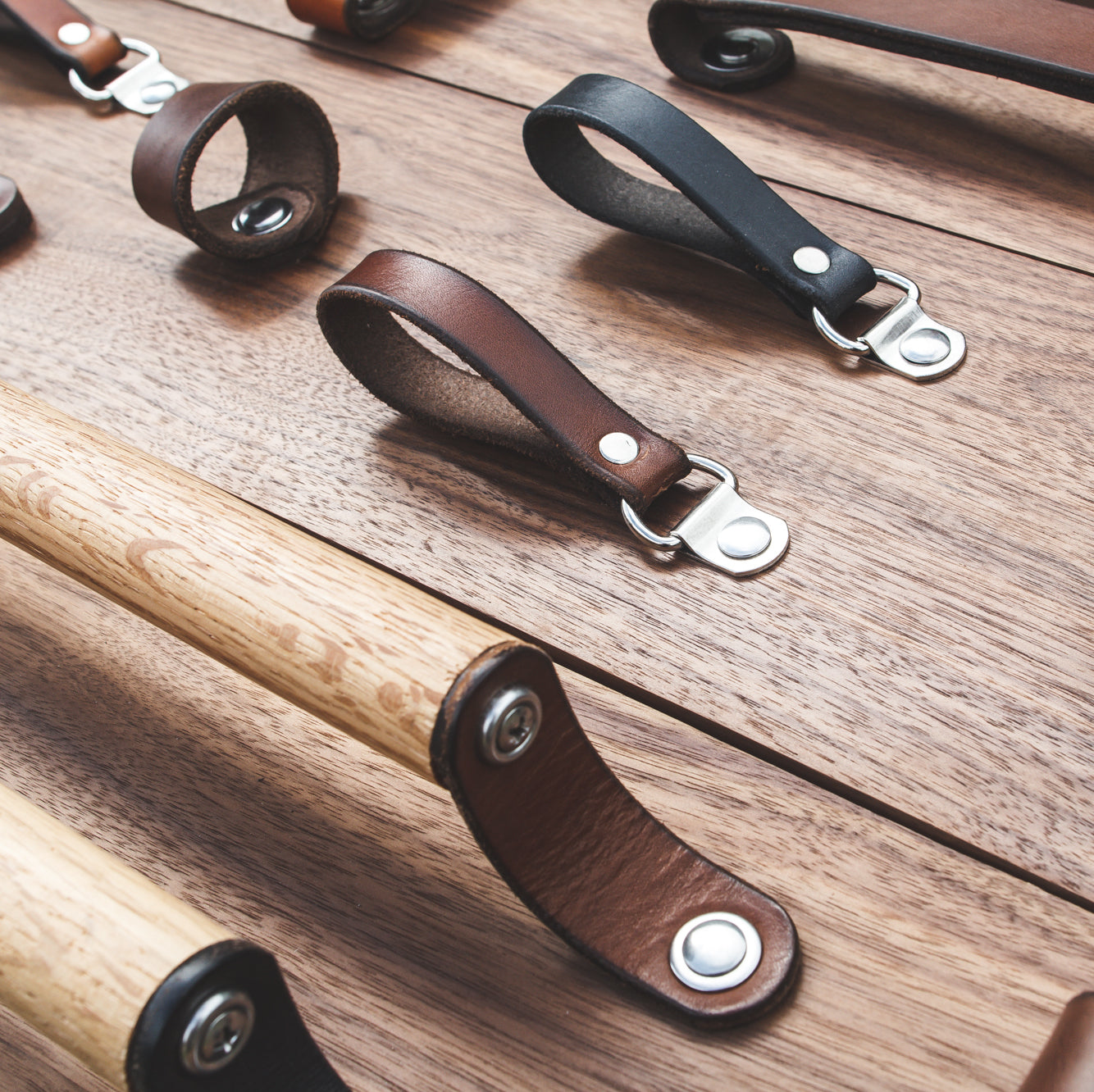

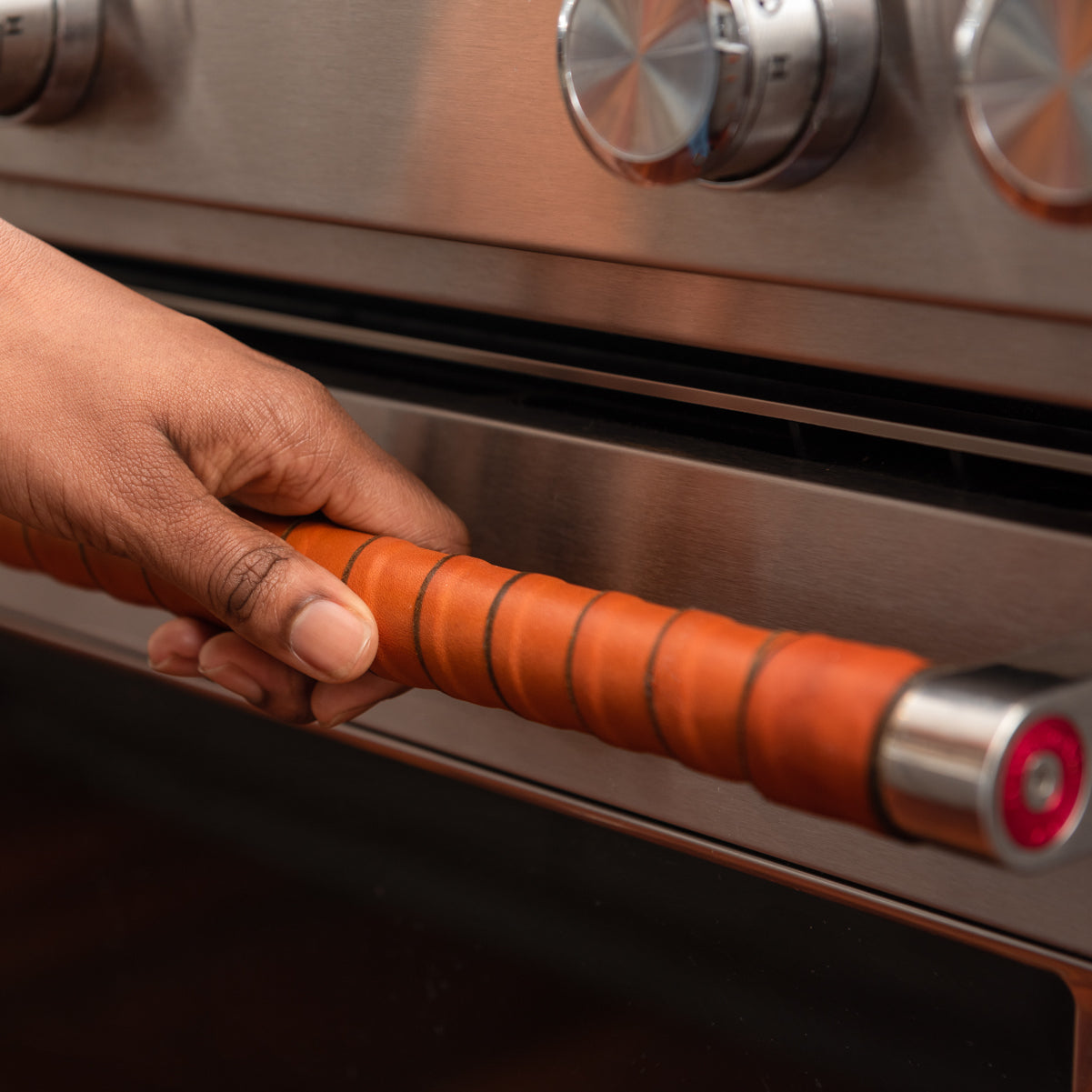
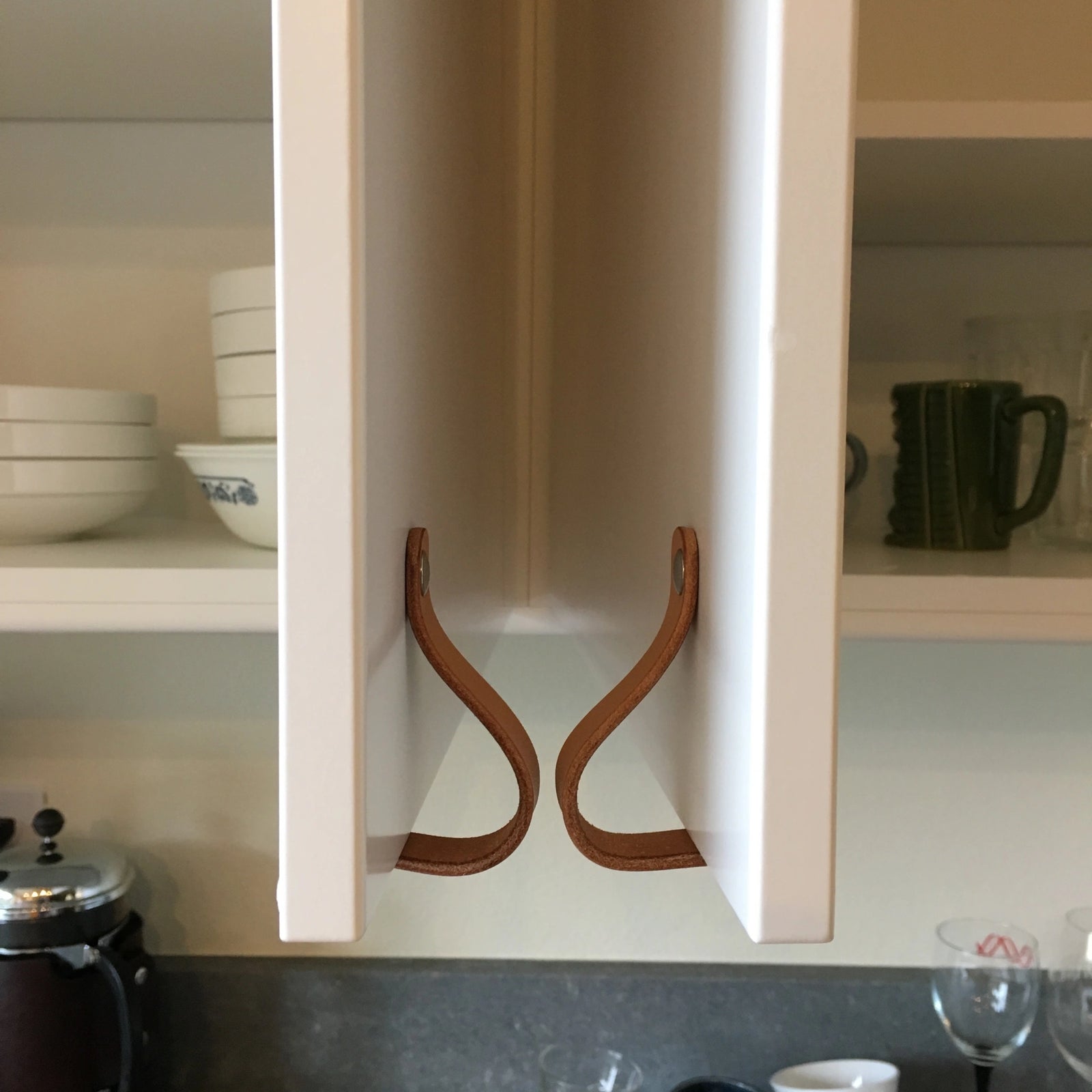
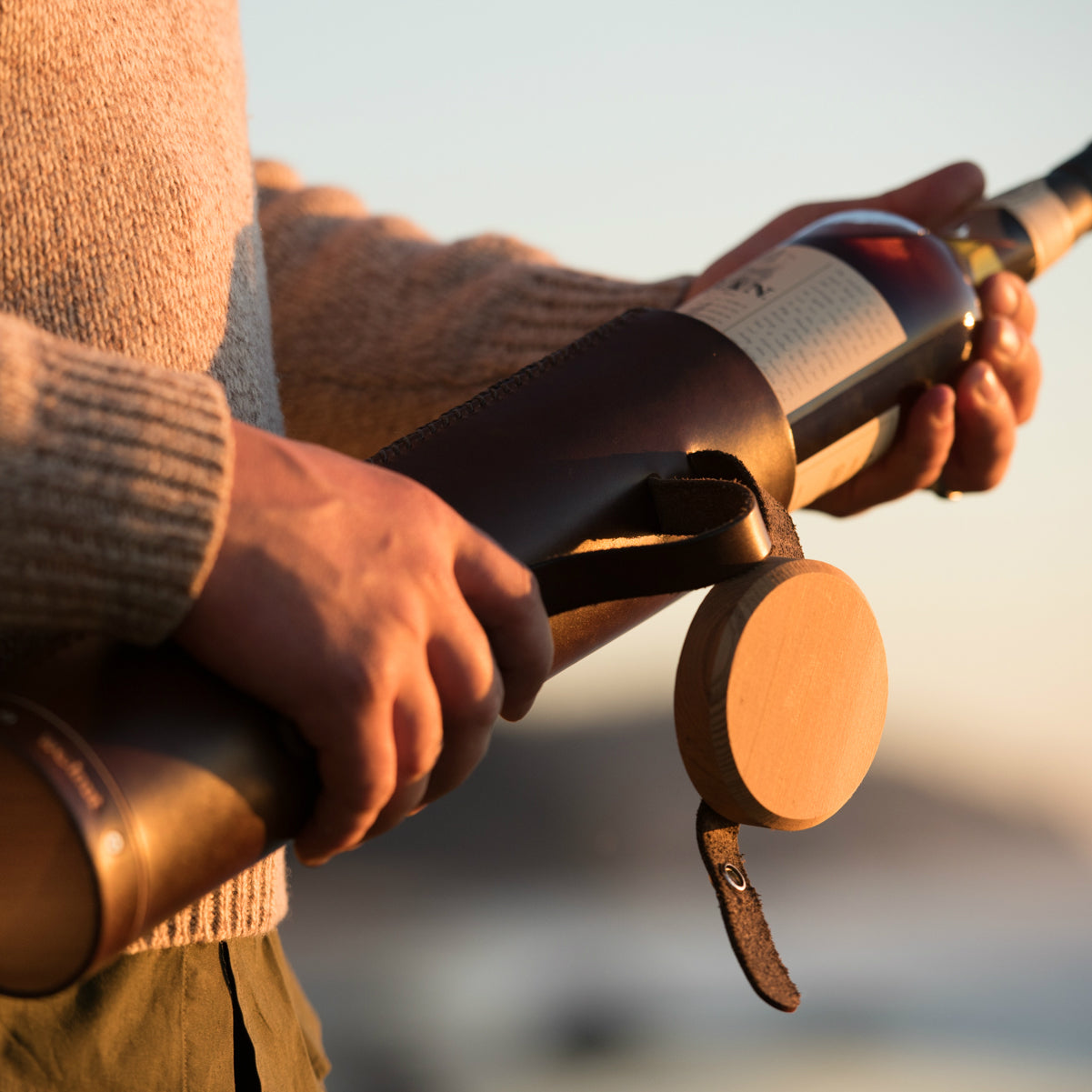
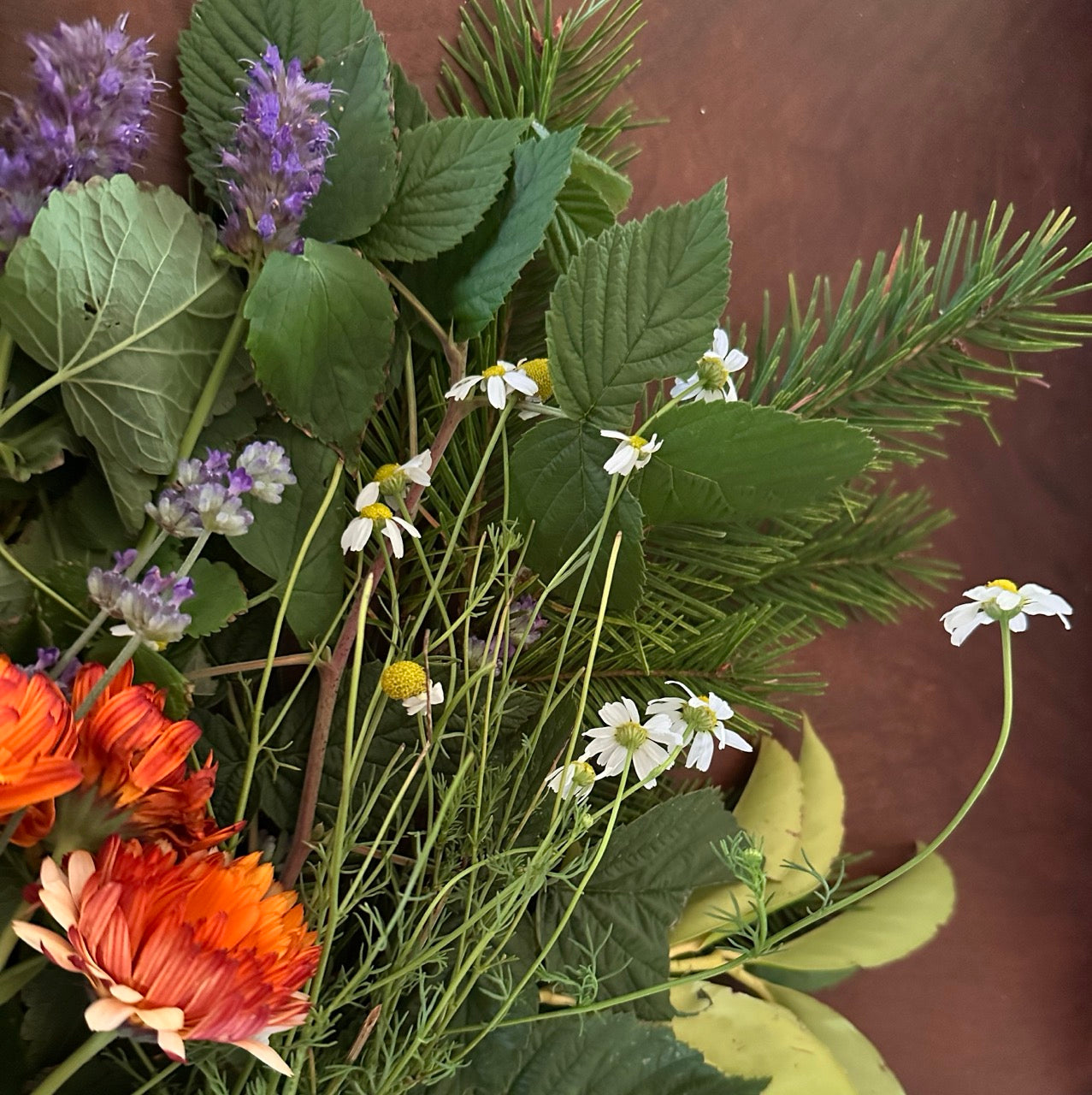
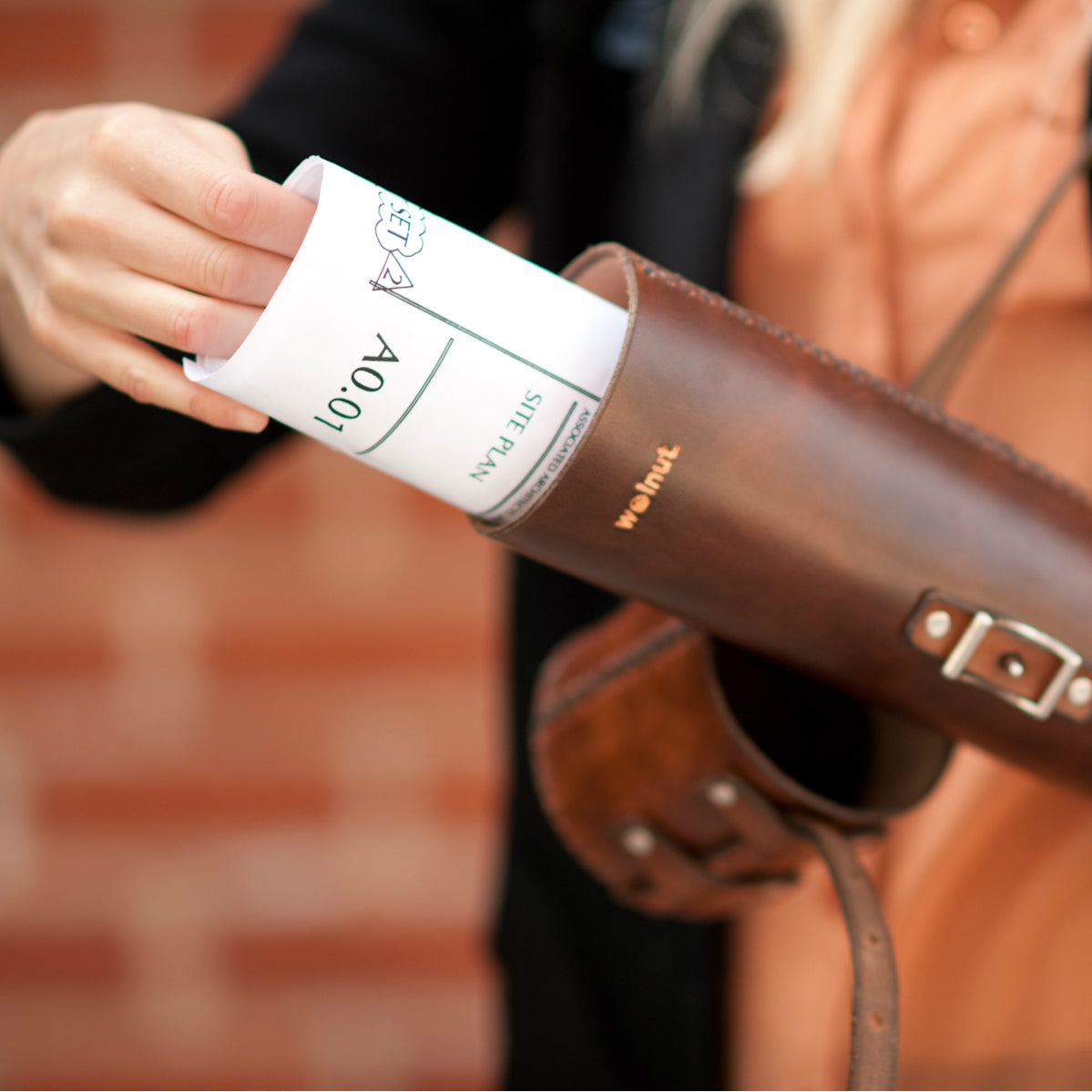
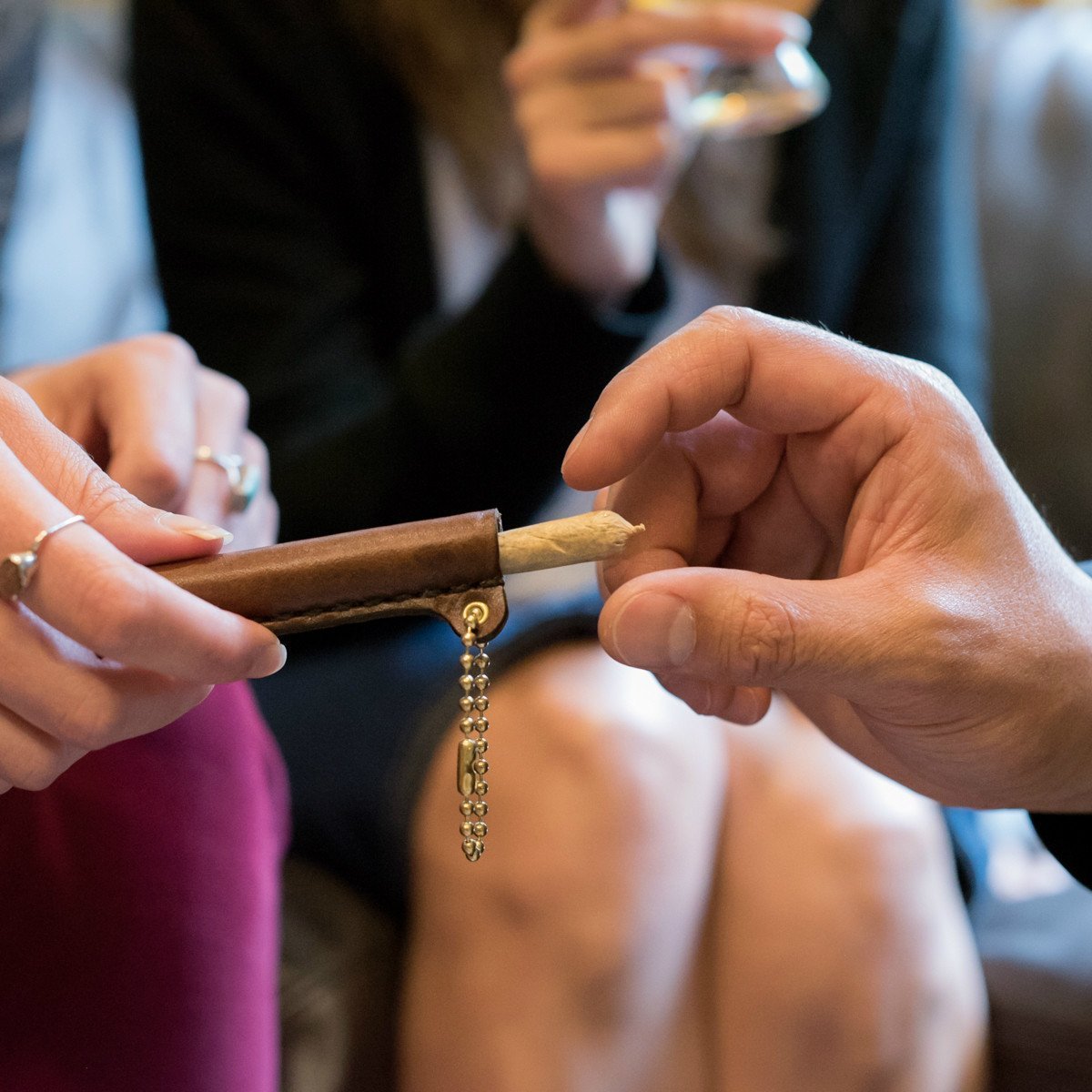
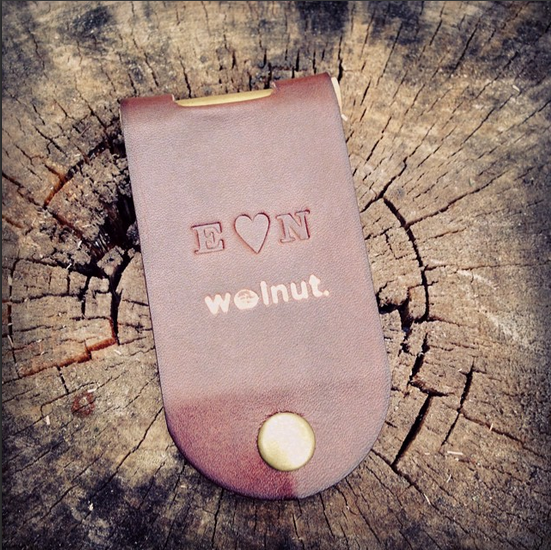
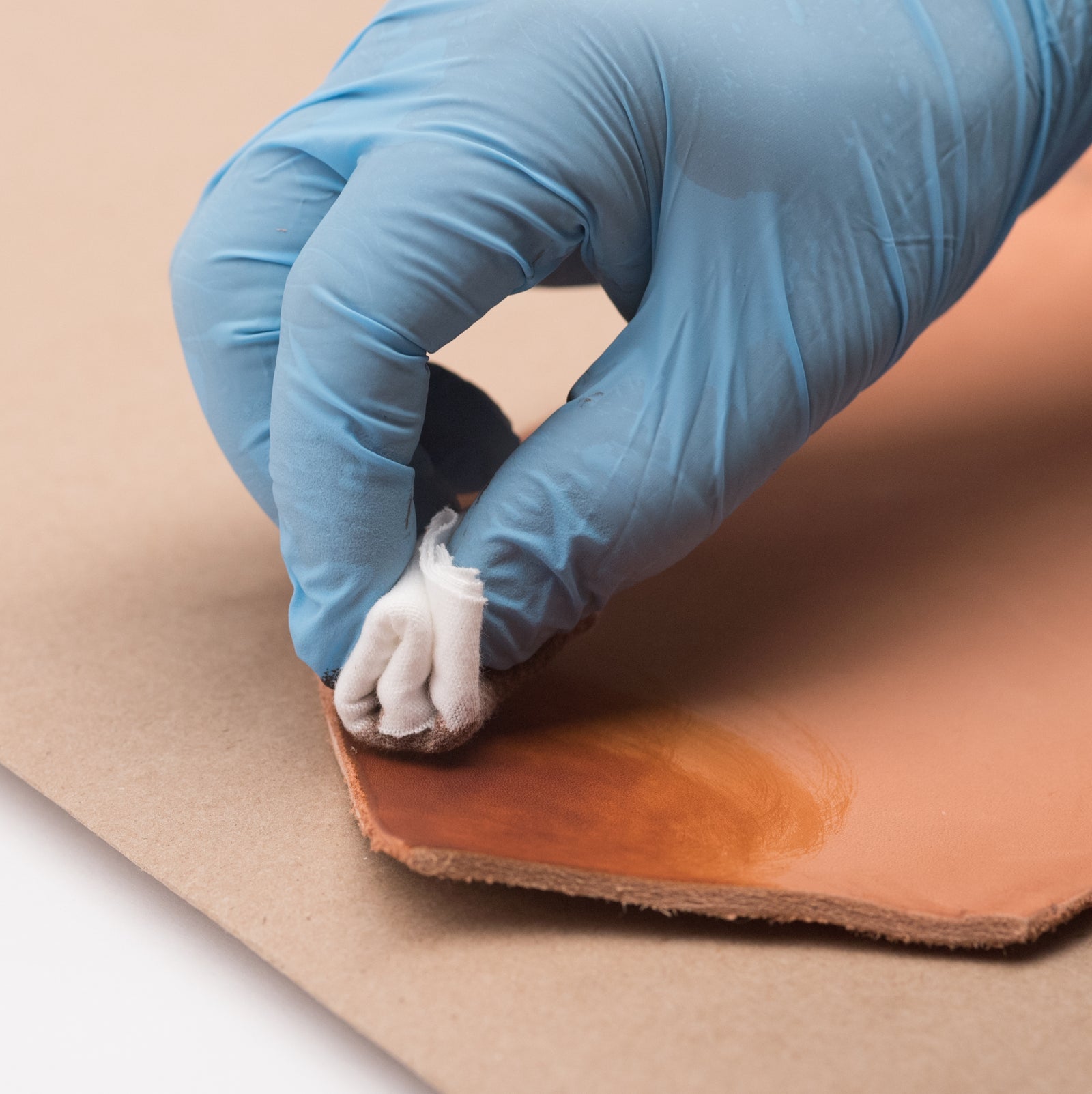

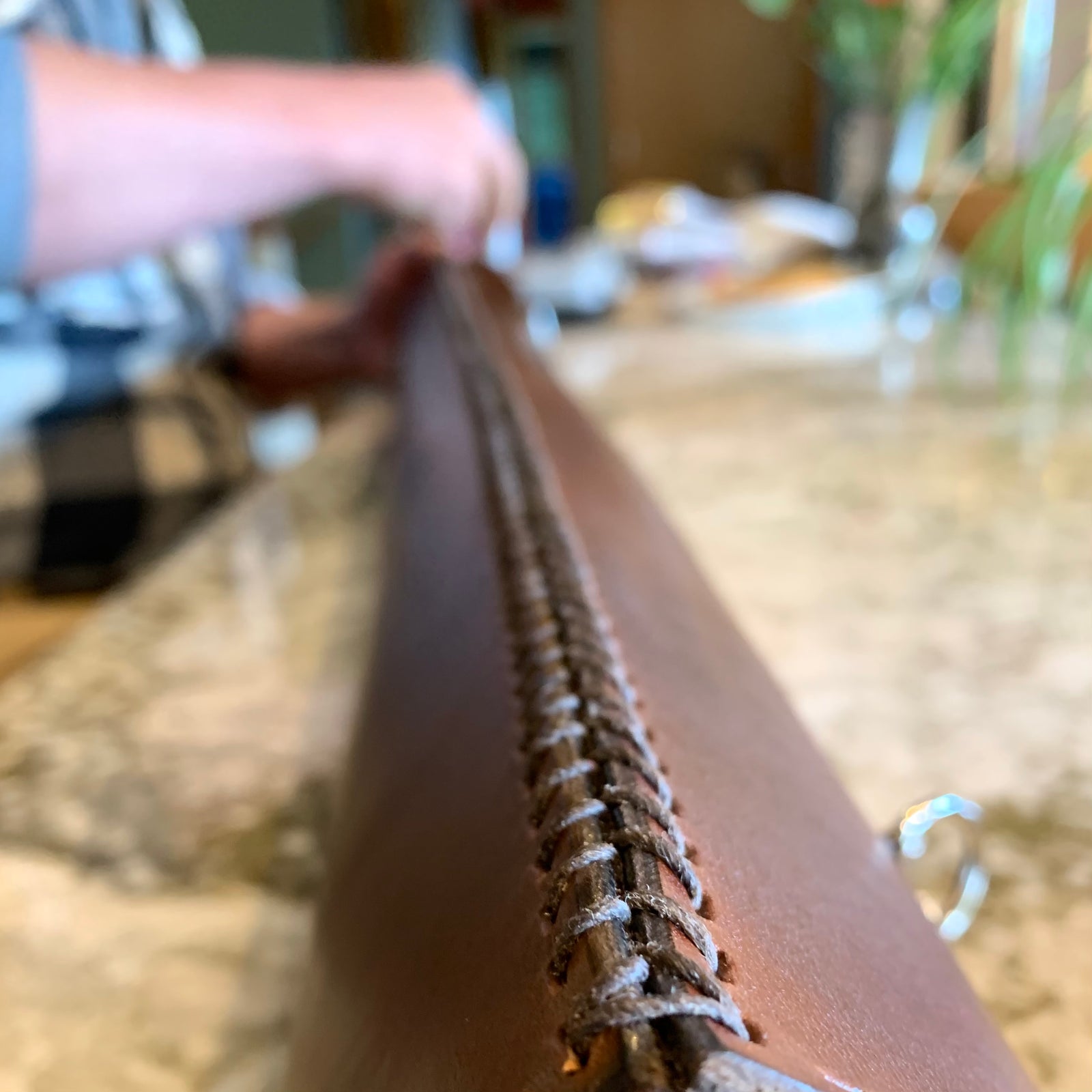

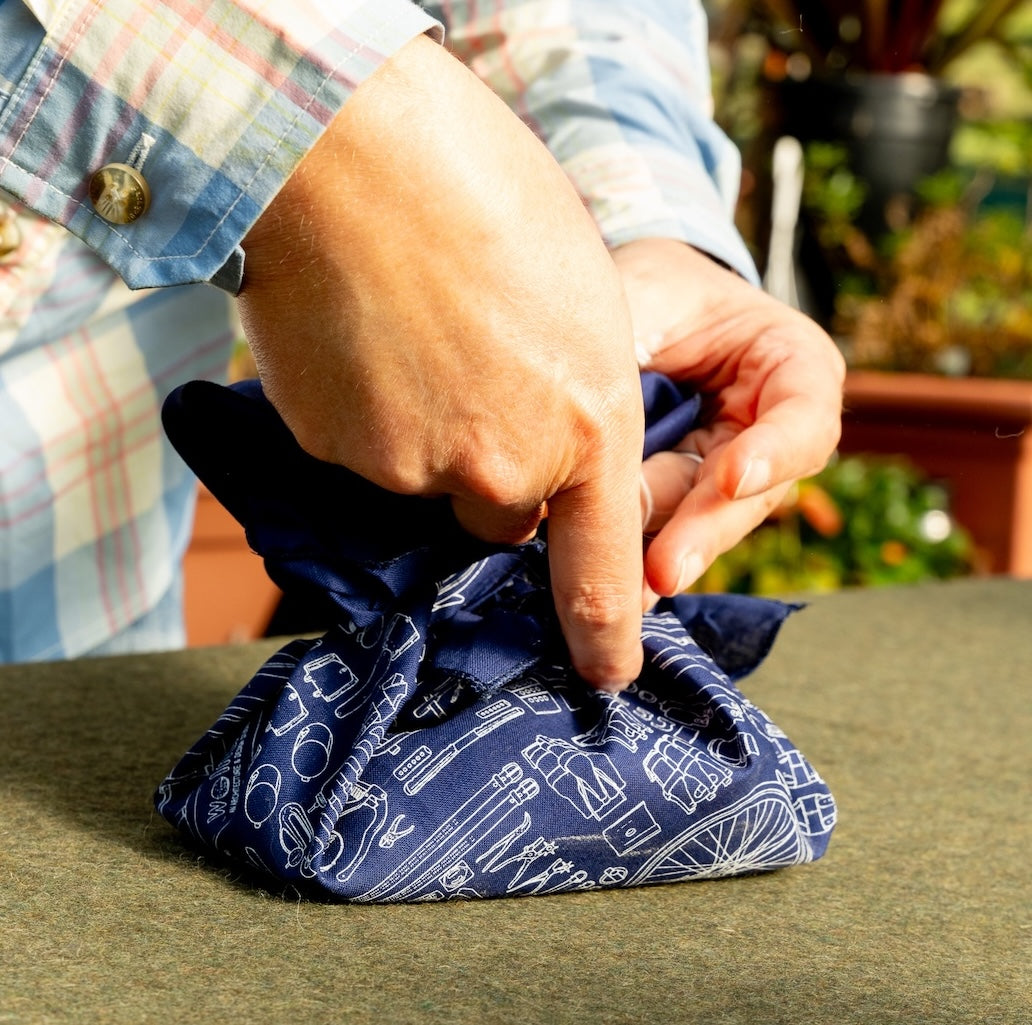





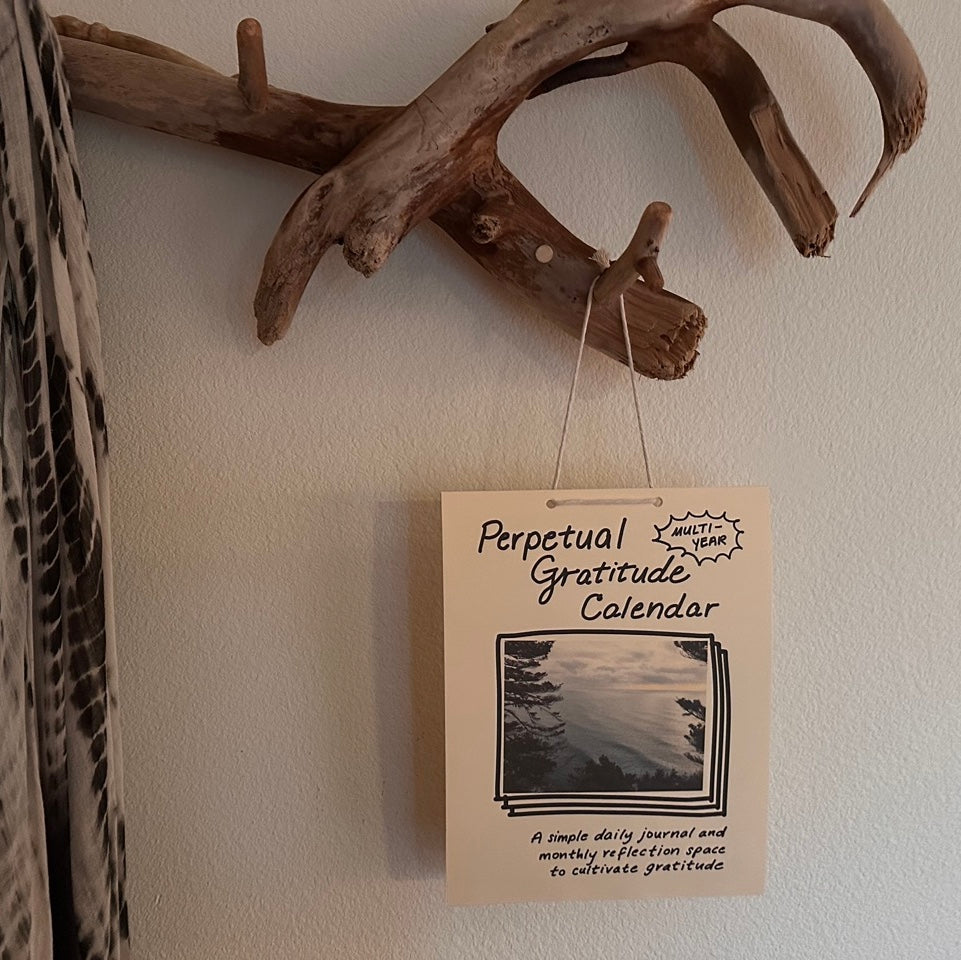
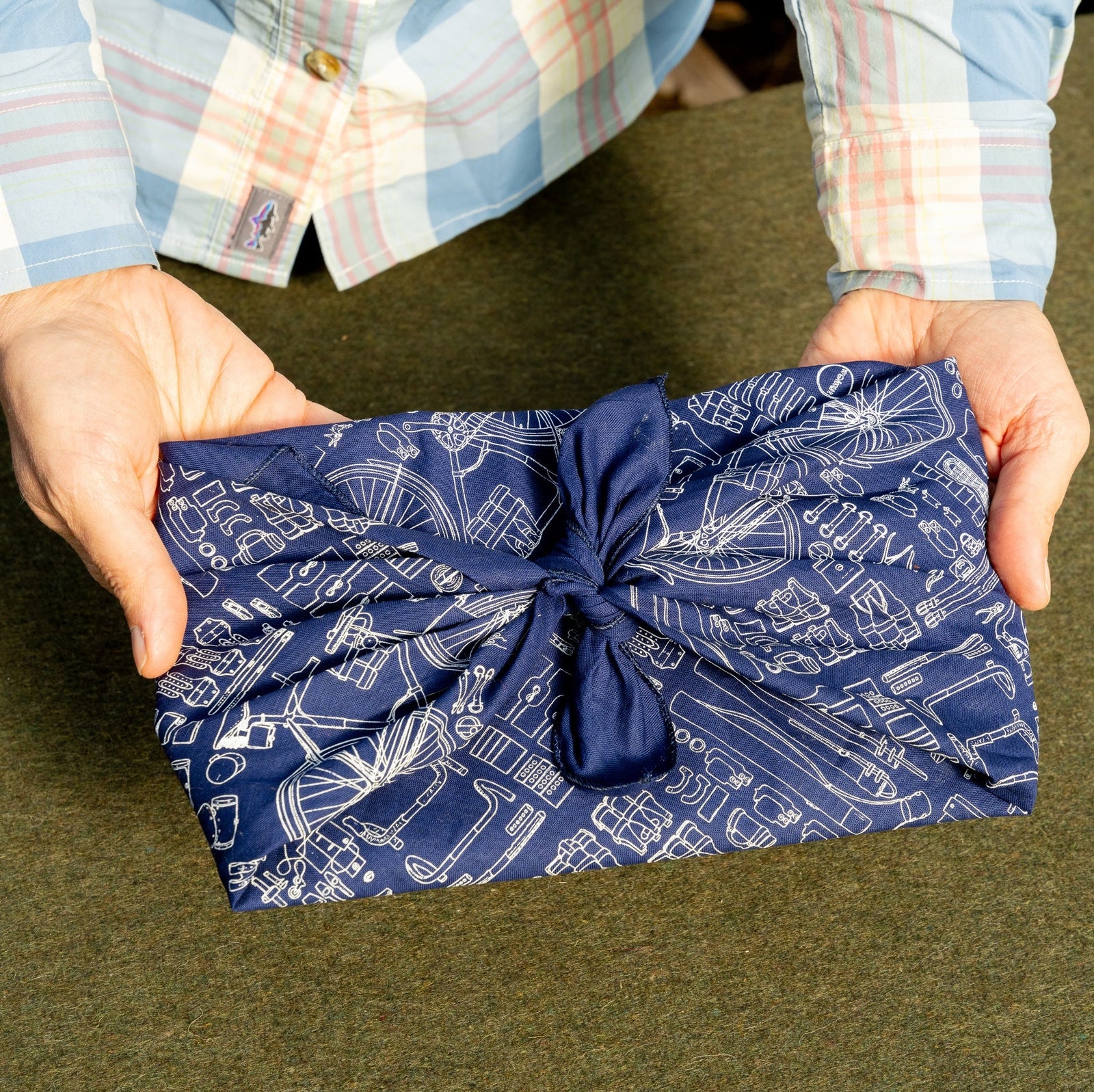

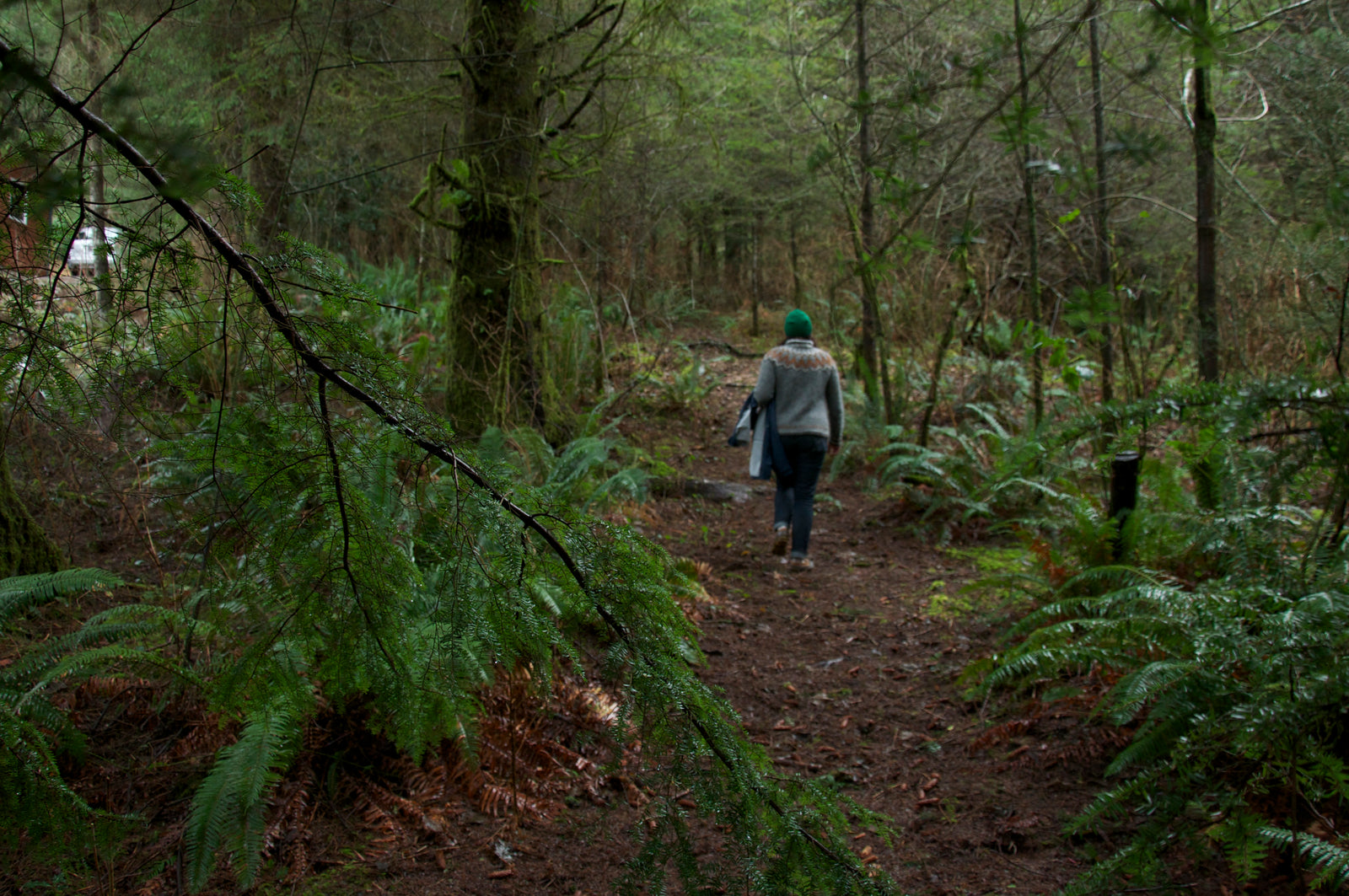
Leave a comment (all fields required)